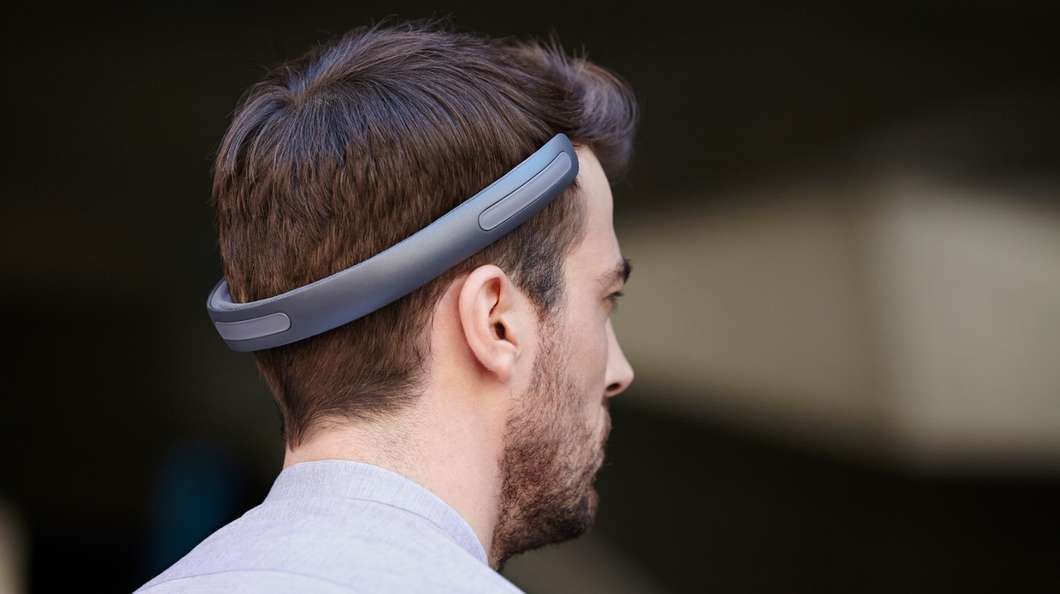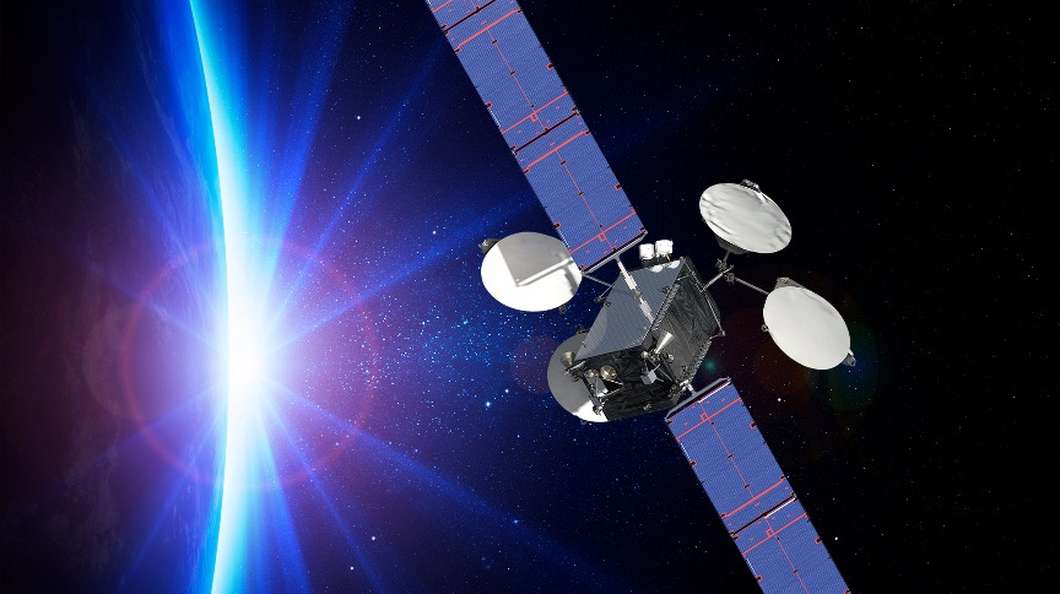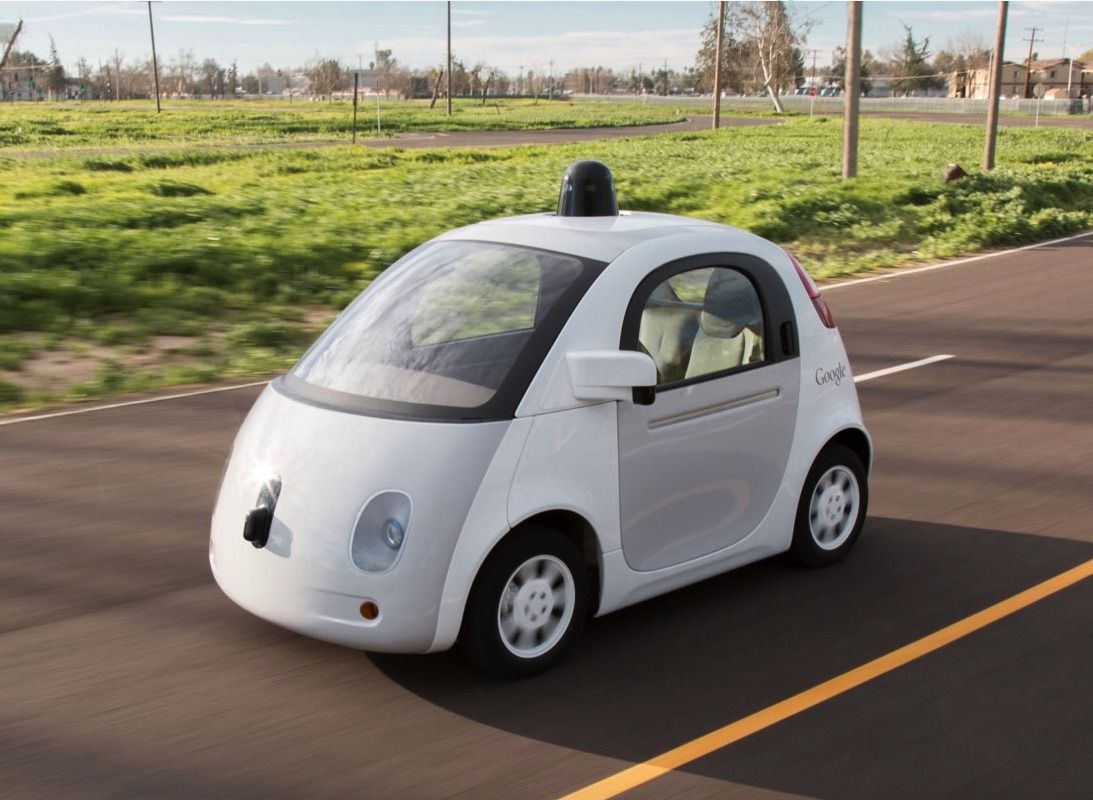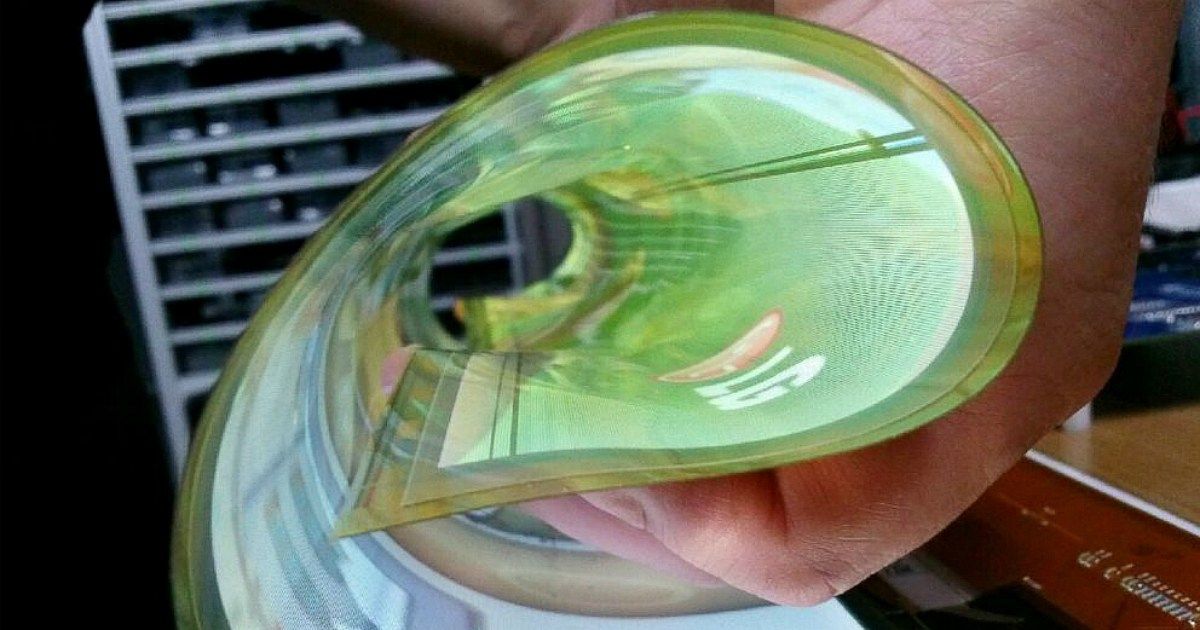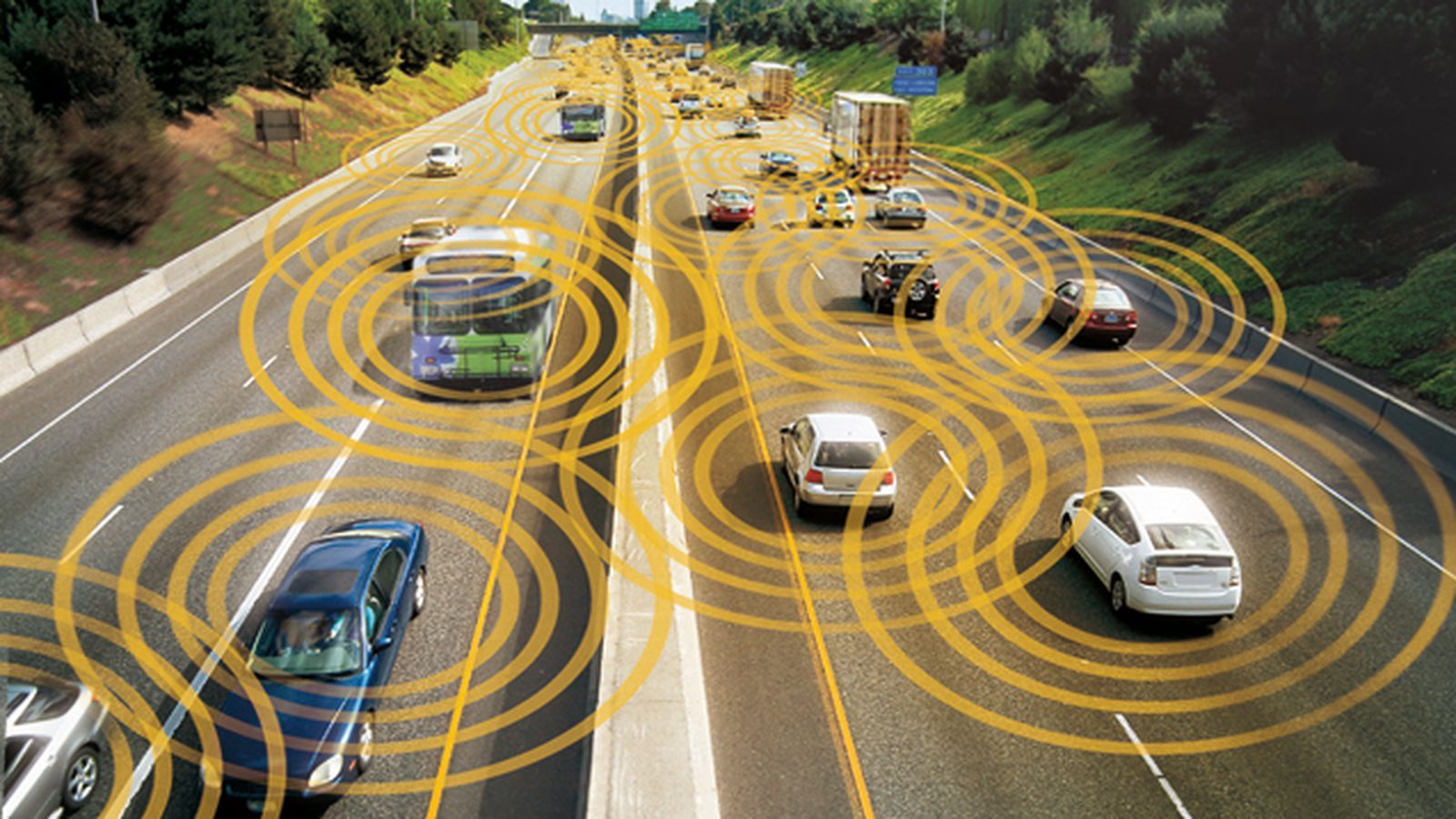Sep 15, 2015
What is a Blockchain?
Posted by Philip Raymond in categories: bitcoin, cryptocurrencies, economics, finance, government, internet, transparency
This short post is not about Bitcoin. It’s about a new method of organizing and arbitrating communications that is at the heart of Bitcoin
We hear a lot about the blockchain. We also hear a lot of misconceptions about its purpose and benefits. Some have said that it represents a threat to banks or to governments. Nonsense! It is time to form a simple, non-political, and non-economic explanation…
What is a Blockchain?
The blockchain is a distributed approach to bookkeeping. It offers an empowering, efficient and trusted way for disparate parties to reach consensus. It is “empowering”, because conclusions built on a blockchain can be constructed in a way that is inherently fair, transparent, and resistant to manipulation.
